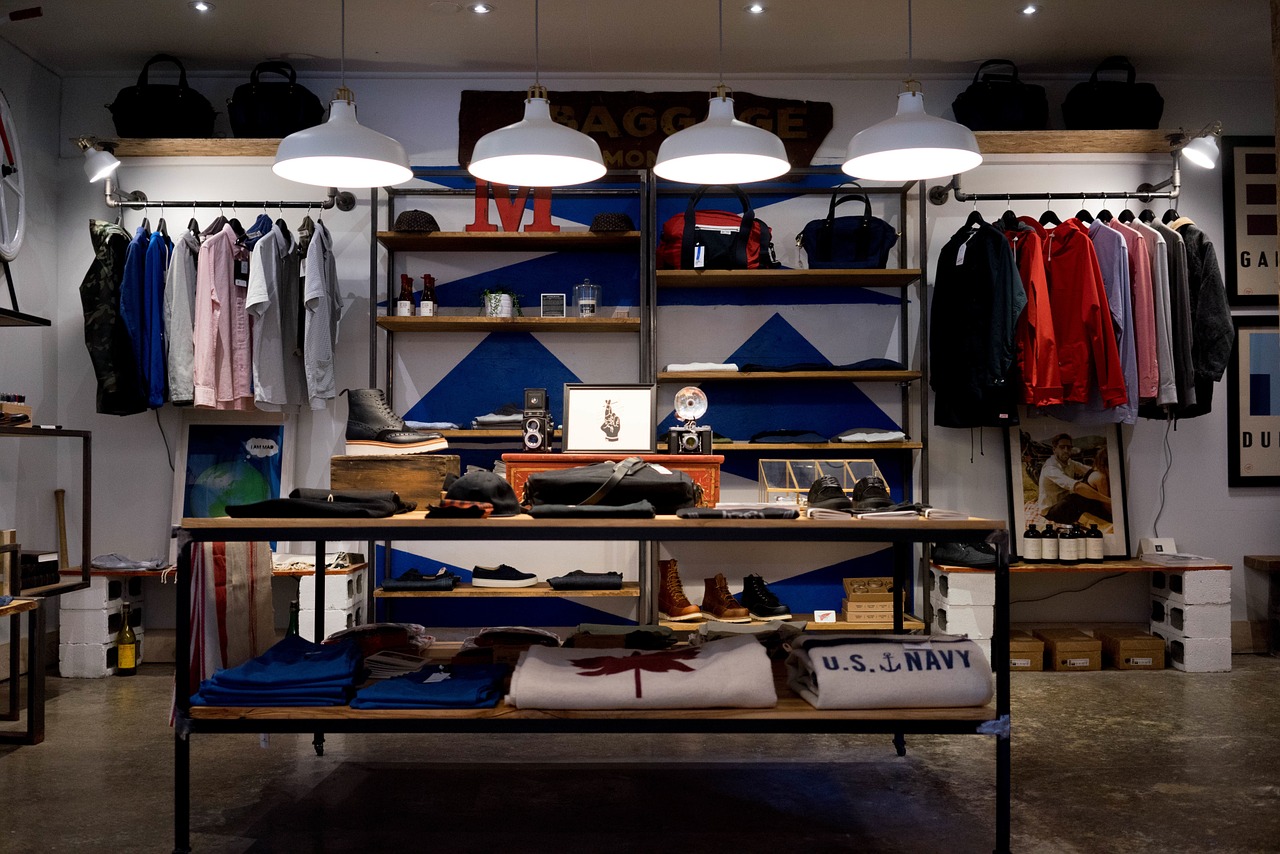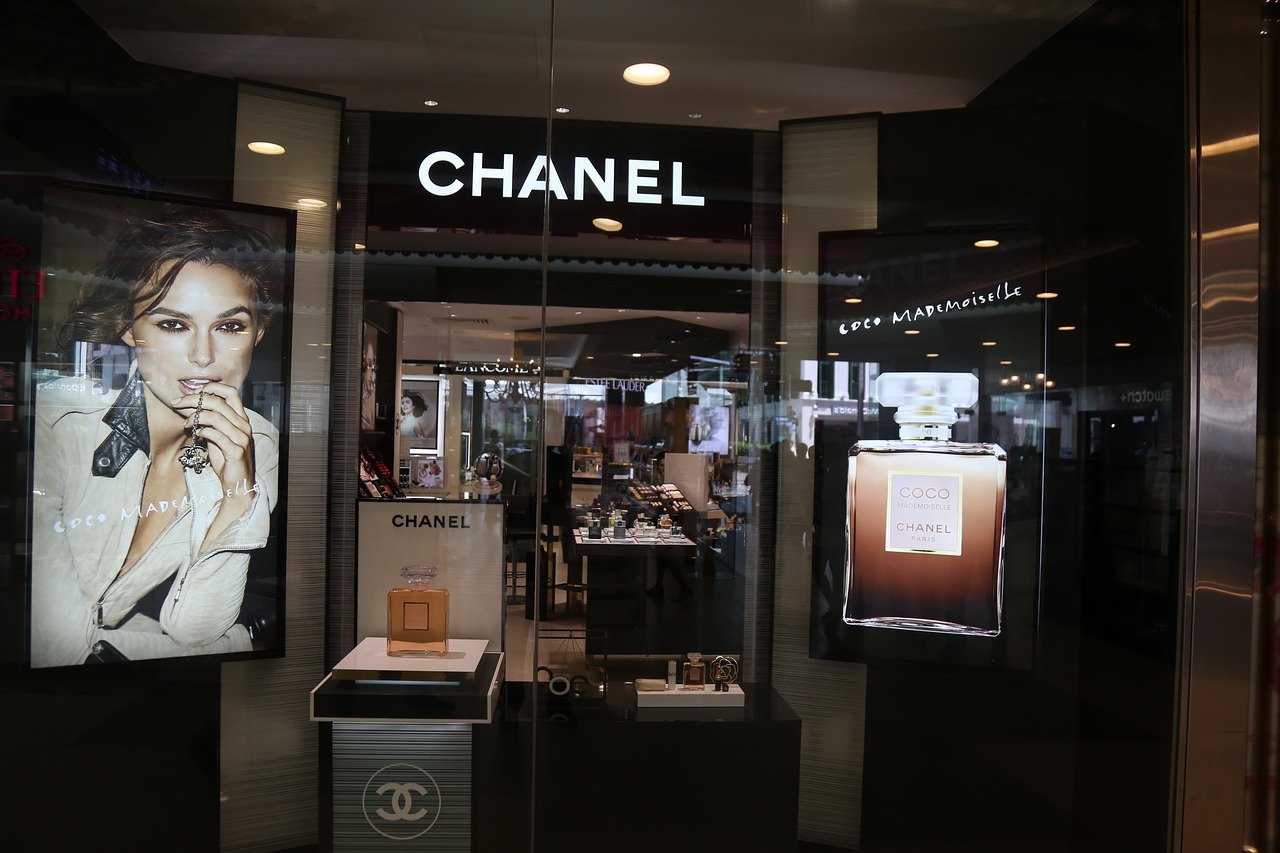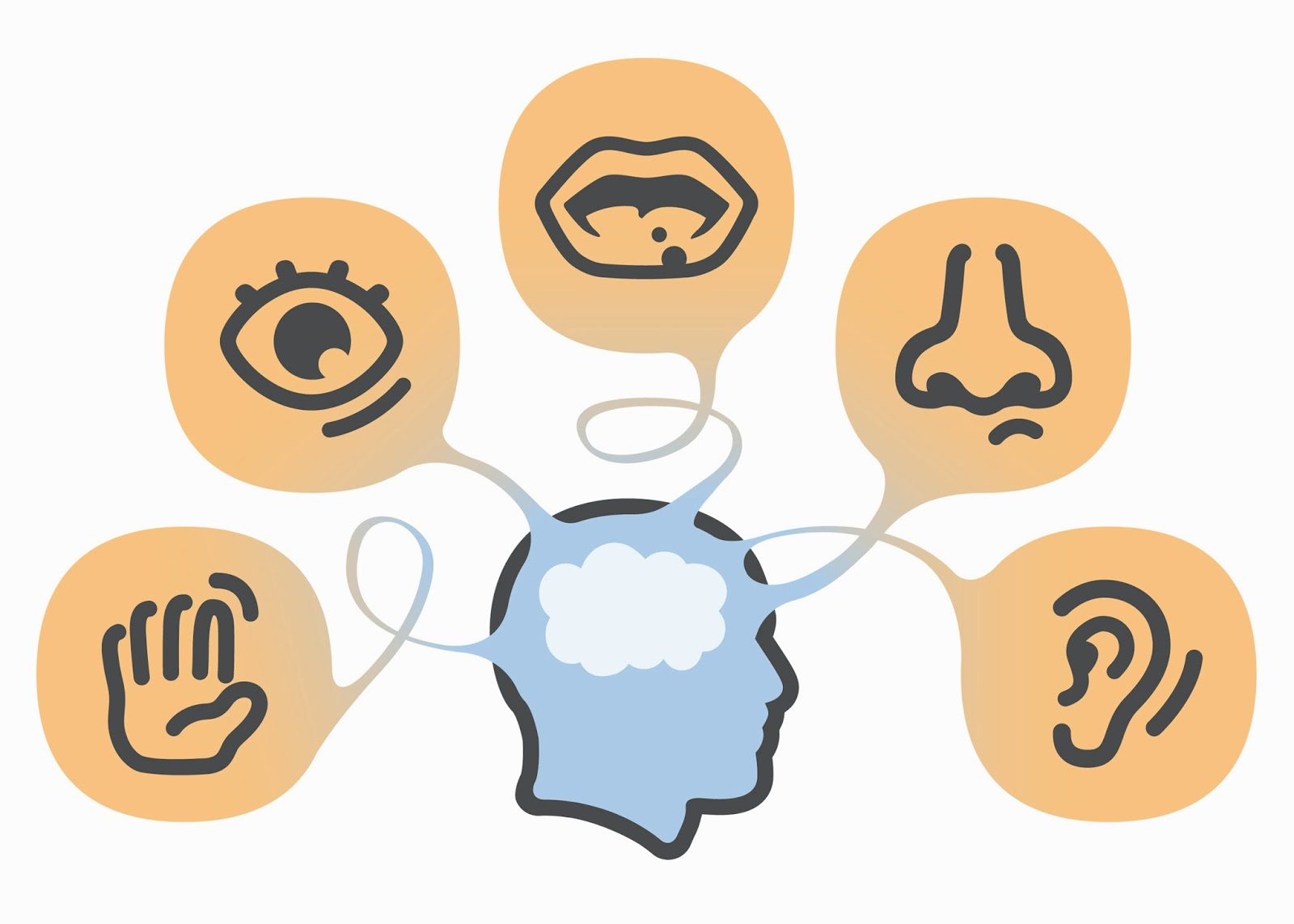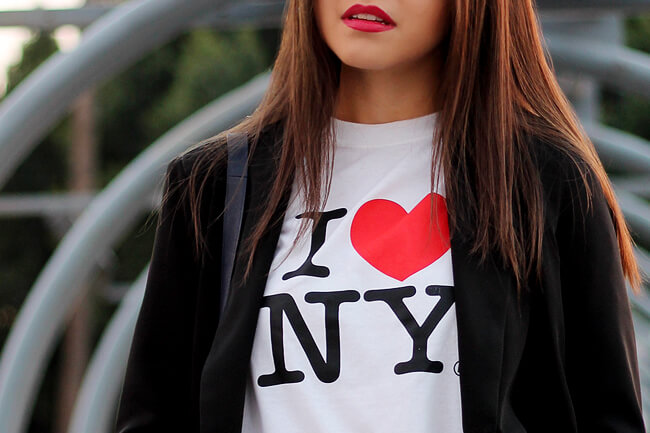
Get Sensual- Using Sensory Marketing to Attract Customers
Let’s start by acknowledging some of the most successful brands using sensory marketing today.
Apple has become a master of this, with their walk-in Apple stores. Boasting their latest and greatest tech and welcoming you to come in, touch, play, and envy. It’s a fully interactive experience that awakens almost every sense.
When you walk into a fashion store such as ZARA, we are welcomed by their familiar “spicy” scent and charmed by their playlists as we browse the latest threads.
Or perhaps Magnum ice creams with their delicious taste, smell and signature “cracking” sound as the chocolate breaks before melting in our mouths (can you taste it yet?).
Visual is just one of our senses that can be tempted, brands who have mastered sensory marketing can exploit a combination of senses to beckon new customers with great success.
What is Sensory Marketing?
Like all other types of marketing, sensory marketing is a means to drive purchases. It is used to influence buying behavior favorably.
Sensual experiences = Creation of Desire = Product Purchases
The idea behind this clever marketing strategy is to entice your consumers by appealing to their most basic primal senses. Stimulating and stirring feelings to make consumers believe they need to purchase products is an incredibly powerful tactic.
Image from Clipartfest
Creating a Burning Desire
First, consider how your brand can appeal to a customer's five senses. Depending on the products your selling, these senses may take different priorities.
Flowers immediately appeal to sight, then to smell, food to taste and sight, music to hear. But how can this be used to sell clothing?
As online T-shirt sellers and apparel brand owners, you may struggle to see how you can appeal to a variety of senses through a computer screen. You’ll need to be creative and remember, the sensory marketing does not stop after they have purchased. It also includes receiving, unpacking and owning these products too.
Sight and feel are the key senses, but your marketing should aim to adopt others to really stand out of the crowd.
Don’t forget, effective copy and imagery can appeal to more than just the visual senses when coupled with imagination. For example, if the description on a bottle of wine simply read “house red” you would struggle to awaken a reader’s senses. Whereas “rich fine wine, aged in oak caskets with sweet undertones” would get their imagination and senses tingling before they’ve even tasted it!
How Brands Use Sensory Marketing
Let’s think about some more relatable examples of sensory marketing at work. Furniture brands (although seemingly dull) do an exceptional job at appealing to their customer’s sense of sight, touch and even smell.
The easy on the eye aesthetics, the inviting touch of the fabric and the rich smell of wood or polish. The stores themselves beckon customers to come in and experience their products fully. They set a relaxing home environment complete with music and scents.
Their tactics are to create a story, in which a person’s life can be improved by owning their products. This combination of positive feelings leads to seemingly effortless high-end sales every day.

These ideas can be applied to almost any brand, no matter the product or audience. To do this, you’ll need to think carefully about the messages you are trying to convey, then how you can send them to your target audience through their sensory methods.
Videos are an excellent way to appeal to the senses and get imaginations running wild. Just look at property companies touring home interiors, product reviews, and tutorials or even holiday companies showing clips of experiences.
YouTube draws a massive audience from around the globe and it’s ripe for promoting almost any kind of brand. It’s free and easy to get going and if a picture is worth a thousand words, a video takes it to the next level.
What Are the Benefits of Sensory Marketing

Creating the perfect sensory experience for your audience and potential customers can provide some awesome benefits:
- Brand Loyalty – Customers will be hungry for more, repeat buying and telling their friends
- Immediate Sales – Hesitation is overcome, impulse buying is triggered
- Positive Experiences – Happy customers will market your products for you and leave great reviews
Sensory marketing can be used to subconsciously influence, engage and inspire your audience. If you can appeal to three senses when your competitor only appeals to one, you’re far more likely to sell more products. Taking advantage of the multi-sensory word will allow your brand to grow and spread awareness with ease.
5 Ways Brands Are Selling Through your Senses
There are some clever marketers who know the importance of the senses and how to trigger them. Here are five of the most common ways you’ll see daily:
1. Triggering Emotions
Smell is a powerful tool that can be used to trigger emotions at will. While there’s no smell that causes people to immediately buy what’s presented in front of them, it can drastically change the mood favorably.
As an example, Barnes & Noble boast a scent of crisp new books and coffee beans that many customers find very relaxing. After a stressful day, the atmosphere created provides a get away that their customers are drawn to.
2. Triggering Memories

Does the scent of fresh cut grass take you back to summer holidays as a child? The sweet smell of fruity cocktail take you back to a relaxing beach trip you once took? These would be perfect triggers for travel agencies getting you to purchase package holidays!
Studies have even shown that we are more likely to buy products if they are associated with pleasant smells. And the opposite is true for bad smells!
3. Organising Customers
Big department stores who really have their sensory marketing on point use different aromas for specific sections. For example, feminine sections may have “flowery” scents to appeal more strongly to the indented audience. Then vice-versa, the gentleman’s areas feature more masculine “musky” fragrances.
Its effect is so pronounced, it’s been seen that both men and women don’t often linger in areas that smell too strongly of the opposite gender. That’s why certain stores will have very distinct “girly smells” or “manly smells” whereas others may opt to stay more neutral to appeal to both.
4. Attract Buyers
Some brands, such as Abercrombie & Fitch, take their fragrance very seriously. They even use scent-spreading devices to ensure their scent is distinctive and present throughout the shopping experience. Not only does this give their stores a certain atmosphere, but also it can attract nearby shoppers to their store much like “bees to honey”.
This tactic works almost like marmite, you either love it or you hate it! That’s why they’ve carefully identified a specific audience, demographic and age range they wish to attract.
5. Create Fidelity

Some fashion brands have poured millions of dollars into developing the perfect scent for their target audience, then spent the same again to protect it!
A prime example is Chanel No. 5, one of the most well-known scents of today, which has barely changed at all since its inception in 1921. Not only is this part of its charm, but it encourages loyal consumers. Since most of us are naturally quite reluctant to changes, they could risk losing customers if they changed too suddenly.
Imagine going into McDonald’s to get a burger and realizing they smelt and tasted different? It would be a very risky move indeed!
By now, your creative juices should be flowing with ideas on how you might adopt sensory marketing. It’s definitely worth experimenting with and will give you a considerable advantage over your lesser sensory competitors!


